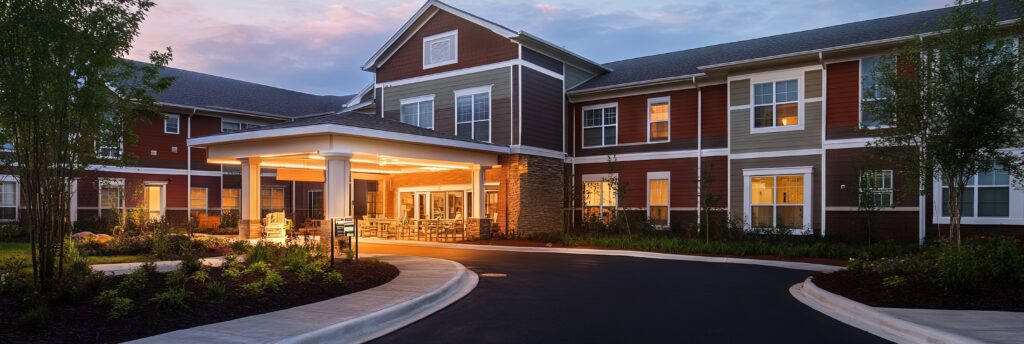Supreme Court Justice Louis Brandeis once observed that “a single courageous state may, if its citizens choose, serve as a laboratory; and try novel social and economic experiments without risk to the rest of the country.” The notion that states are “laboratories of democracy” is exemplified by Wisconsin’s 1911 experiment with a workers’ compensation law that quickly became a model for other states.
The federal government embraced the “laboratories of democracy” metaphor when it gave states the flexibility to tailor Medicaid programs to meet their unique needs and challenges. While states must meet standards for Medicaid eligibility and benefits as a condition of accepting federal funding, states have been encouraged to experiment with their programs by seeking a waiver to implement pilot programs (also known as “demonstration projects”) that promote Medicaid’s objective — delivering necessary medical care to low-income patients.
Many approved waivers have promoted that goal by expanding coverage (to allow treatment of substance abuse and certain mental health disorders, for example) or addressing the health impact of natural disasters and public health emergencies. Other approved waivers, including those that impose a work requirement on Medicaid recipients, have arguably undermined Medicaid’s objective by making it more difficult for Medicaid recipients to obtain coverage — particularly when the work requirement conflicts with a recipient’s commitment to provide unpaid care to a disabled family member.
Medi-Cal Introduces Community Supports
Medicaid requires states to provide long-term services and supports (LTSS) to residents of nursing homes but does not mandate coverage of LTSS services for Medicaid recipients who are living at home. California is one of many states that took advantage of the Medicaid Home and Community-Based Services (HCBS) Waiver program by offering services to patients in their own homes that were not previously available through Medi-Cal, the state’s Medicaid program. The waiver was a successful experiment that was renewed for five years in 2023.
Taking advantage of the flexibility to tailor services to the needs of state residents, the California Department of Health Care Services (DHCS) has launched several initiatives to provide Medi-Cal patients with new services. Many of those initiatives are known collectively as California Advancing and Innovating Medi-Cal, or CalAIM.
A subset of CalAIM initiatives fall under the umbrella of Community Supports. According to DHCS, Community Supports “are services that help address members’ health-related social needs, help them live healthier lives, and avoid higher, costlier levels of care.” Community Supports include, for example, health-related social services that managed care plans are encouraged to provide to their members, such as delivery of healthy meals, housing support for patients who have been discharged from hospitals, and respite services for caregivers.
Transition to Assisted Living
A critical, but currently underutilized, Community Service applies to Medi-Cal patients who either reside in or are likely to be placed in a nursing home. The Nursing Facility Transition / Diversion to Assisted Living Facilities program is designed to help eligible nursing home patients transition out of nursing homes and into assisted-living facilities. The program also seeks to help patients avoid a nursing home placement by diverting them to an assisted-living environment.
Apart from short-term nursing home placements following a hospital stay, Medicare does not cover care in nursing homes or assisted-living facilities. As of 2024, about 63% of nursing home patients depended on Medicaid as the primary source of payment for nursing home services. Unfortunately, the number of nursing homes that are certified to accept Medicaid payments declined from a high of 15,670 in 2015 to 14,827 in 2024.
Some patients need the skilled, around-the-clock nursing care that nursing homes provide. When a patient needs around-the-clock assistance but not around-the-clock medical care, an assisted-living facility may offer patients a better quality of life at less cost than nursing homes. Assisted-living facilities use certified caregivers to help residents with their activities of daily living, such as eating and bathing. Managed care plans that offer transition services pay for the cost of care in assisted-living facilities, although residents must rely on other resources (such as family help or disability benefits) to pay for room and board.
Community Care Hubs
From July 2023 to June 2024, only 765 Medi-Cal patients participated in the transition program. To encourage broader participation, CalAIM is turning to community care hubs. A community care hub is a community-based administrative organization that connects health care and social services.
The nonprofit California Health Care Foundation (CHCF) found that community care hubs have the expertise to identify Medi-Cal enrollees in nursing homes (and those who are likely to become nursing home residents) who could be housed in an assisted-living facility. A nurse employed by a community care hub may assess a nursing home resident, determine that she would be appropriate for an assisted-living facility, identify a facility that would accept the patient, and monitor the patient by visiting her monthly after she is placed in the facility.
The CHCF believes that the hub model should be attractive to managed care plans. The plans are relieved of the administrative burden of facilitating transition from nursing homes to assisted-living facilities, while plan participants enjoy a better quality of life after the transition occurs. At the same time, hubs offer administrative relief for assisted-living facility operators that may be unfamiliar with the record-keeping requirements and other rules governing Medi-Cal.
The CHCF anticipates that assisted-living facilities will play a greater role in Medi-Cal’s system of managed healthcare as CalAIM continues to emphasize Community Supports. Transitioning appropriate patients from nursing homes to assisted-living facilities should make more beds available in nursing facilities for patients who need that higher level of care. As CHCF sees it, assisted-living facilities are an essential component of the “whole-person care” philosophy that drives CalAIM and its reliance on Community Supports.
As nursing homes continue to close, the California experiment is a worthy effort to meet the needs of low-income seniors who cannot live independently. Other states may benefit by following California’s lead in the laboratory of democracy.
